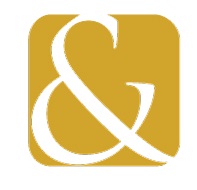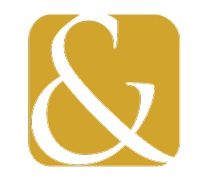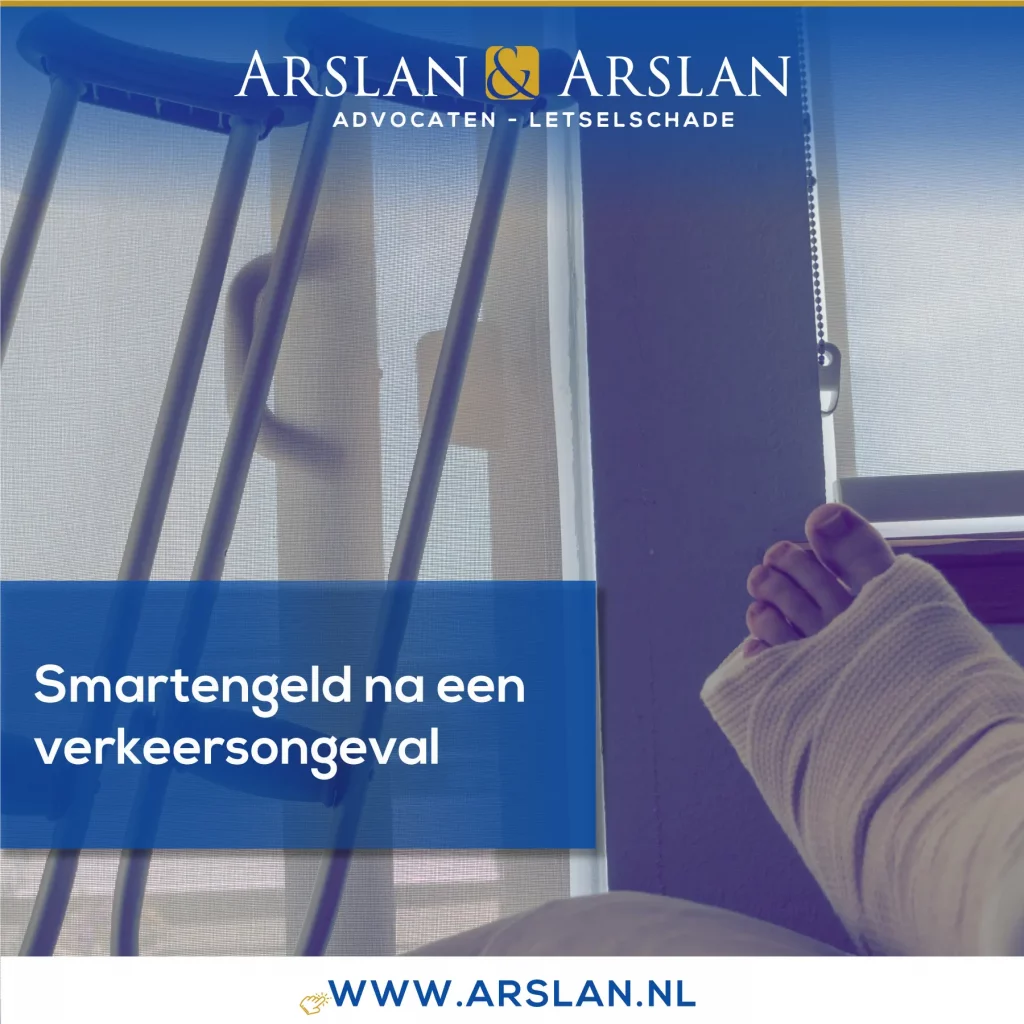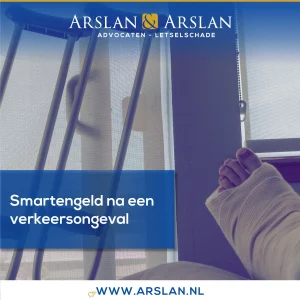When a doctor or hospital makes a mistake, that in itself is not enough to receive compensation.
You must be able to prove that your damage is actually the result of that mistake. This is called the causal connection in legal terms.
In this blog, we explain what causal connection exactly means, how judges assess it, what proof problems often occur in medical errors, and what you can do to maintain your rights.
What does causal connection mean?
Causal connection literally means: causal relationship.
It is the legal link between the doctor’s mistake and the damage you have suffered.
Only if those two can be linked, there is a right to compensation.
For example:
-
A doctor forgets to remove a medical instrument during a surgery and you get an infection as a result. → There is a clear causal connection.
-
A diagnosis is established too late, resulting in a delayed treatment and more difficult recovery. → There may be a causal connection, but it is less easy to establish.
In medical liability cases, that proof is often the greatest challenge.
Who needs to prove the connection?
In principle, the burden of proof lies with the patient.
That means you have to prove that your damage is due to a medical mistake.
But that’s not always black and white.
The judge takes into account the patient’s special position: they do not have access to all medical data and generally do not have the same knowledge as a doctor.
That’s why in medical liability law, patients sometimes have a lighter burden of proof.
If it is likely that the damage probably arose from the mistake, the judge can still accept the causal connection.
How does the judge assess causal connection?
The judge examines whether it is credible that the mistake caused the damage.
It doesn’t always have to be proven with complete certainty.
This considers, among other things:
-
the nature of the mistake (for example, a wrong action, wrong diagnosis, or missed check);
-
the medical consequences that typically fit that mistake;
-
the time between the mistake and the inception of the damage;
-
any other possible causes.
The stronger the connection between the mistake and the injury, the greater the chance that the causal connection is accepted.
Reduced chance of recovery: also damage
Sometimes it cannot be established with certainty that the mistake caused the damage, but it can be proven that the mistake reduced the chance of recovery.
Even in such cases, there may be a right to compensation.
For example:
-
Due to a missed diagnosis, a treatment only starts months later, therefore, the chance of full recovery has decreased.
-
A patient is given the wrong medication, worsening the original disease.
In such situations, we often talk about a loss of chance of recovery or a more favorable course.
The compensation is then determined proportionally to the missed opportunity.
Evidence in case of causal connection: medical justification is crucial
In medical liability, evidence almost always revolves around medical data.
That’s why it’s important to:
-
Request the full medical record from the hospital or the attending doctor.
-
Carefully document all complaints, examinations, and treatments.
-
Engage a medical advisor who can assess whether the mistake has probably led to the damage.
Read more about this in our blog Medical record: access, copy, and correction.
Expert report: the key to evidence
In many medical liability cases, an independent expert investigation is conducted.
Such an expert (usually a medical specialist) assesses whether the doctor’s actions were careful and whether there is a connection between the mistake and the injury.
The judge places great value on this expert report.
If it states that the damage is probably caused by the medical mistake, that is often decisive for the outcome of the case.
What if the cause remains unclear?
In some cases, it cannot be established with certainty whether the mistake caused the damage.
The judge can still decide to assist the patient if there is a high chance that the mistake played a relevant role.
A common example:
-
A patient develops a complication after surgery that could have occurred even without a mistake.
If the doctor, however, violated a medical norm (for example, by insufficient aftercare), the judge might rule that the mistake at least contributed to the damage.
In that case, the causal connection is partly accepted, leading to a partial compensation.
Practical tips for proof of causal connection
-
Request your medical record immediately – you have the right.
-
Note down all complaints and restrictions from the beginning that you experience.
-
Retain medical correspondence (e-mails, appointments, examination reports).
-
Get a medical advisor involved to think about the medical cause and coherence.
-
Consult a specialized lawyer before filing a claim – this prevents you from missing evidence or deadlines.
Why legal assistance is essential
The proof of causal connection requires both legal and medical knowledge.
A specialized lawyer knows how the judge assesses it and collaborates with medical experts to substantiate your position.
At Arslan Advocates, we combine legal expertise with medical experience.
We ensure that your case is fully substantiated, that the evidence is collected on time, and that you receive the maximum compensation you are entitled to.
Our assistance is free for victims, as the costs are charged to the liable party.
Why choose Arslan Advocates?
-
Specialized in medical liability and personal injury
-
Experience with complex proof and causality issues
-
Close collaboration with medical advisors and specialists
-
Free legal assistance for victims
We ensure that your story is heard and that the medical error does not go unpunished.








